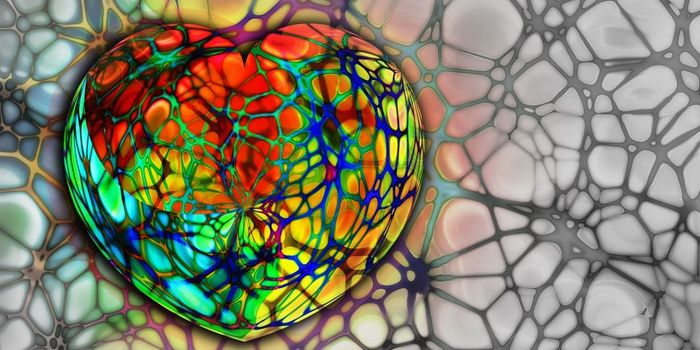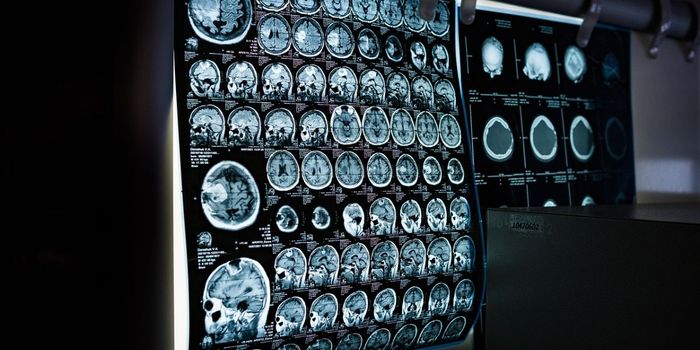Dedicated gym rats know that rotating their workouts is useful for building muscle. “Leg day” is a part of that rotation, when gym time is spent concentrating on the large leg muscles. Of course, the brain sends signals to all the parts of the body, for movement and coordination but new research shows that the leg muscles are talking back and have a positive impact on brain function.
The study, from scientists at Università degli Studi di Milano, Italy illustrates why patients who have MS, motor neuron disease or other illnesses that impact movement, sometimes have significant cognitive decline when they can no longer use their legs properly.
Dr. Raffaella Adami led the research and explained, "Our study supports the notion that people who are unable to do load-bearing exercises -- such as patients who are bed-ridden, or even astronauts on extended travel -- not only lose muscle mass, but their body chemistry is altered at the cellular level, and even their nervous system is adversely impacted."
The study used a mouse model, but the team believes the results could translate to humans as well. In the research, the mice were restricted from using their back legs. They still had the use of their front legs and paws. They ate normally, did not show any signs of stress or behave differently and tolerated the restriction easily. After the study period, which was 28 days long, the team examined the brains of the mice, looking at a particular area called the sub-ventricular zone. This part of the brain is responsible for neuron health and is where brain stem cells produce new nerve cells.
After the extended period of decreased physical activity, the number of neural stem cells produced decreased by 70% compared to the control group of mice who had been free to move about normally. The findings were even more specific, as the team found that oligodendrocytes, which are cells whose only job is to support nerve cells and insulate them from damage, did not mature fully in the mice who were restricted from lower extremity exercise.
The research shows that signals between the brain and leg muscles go both ways. While the brain directs all muscle movements in the body, in the large leg muscles, weight-bearing exercise is crucial for the production of healthy, mature brain cells. These cells are what keep us mentally sharp, handle stress, learn new skills and adapt to changes in our environment. Without enough leg action, the brain can slow down considerably. Dr. Adami summarized the work saying, "It is no accident that we are meant to be active: to walk, run, crouch to sit and use our leg muscles to lift things. Neurological health is not a one-way street with the brain telling the muscles 'lift,' 'walk,' and so on."
In addition to cellular function, restricting movement of such a large group of muscles lowered the amount of oxygen in the body, which impacts metabolism. There is also fallout in gene expression since the study found that the mice who were restricted in their movement had changes in the CDK5Rap1 gene. This gene is what keeps mitochondria, the furnace that powers cells to provide energy to the body, and it needs to function at optimum levels, or a domino effect of reduced energy and negative metabolic consequences can occur. The study has particular implications for astronauts who spend months on end in space. Muscles atrophy in zero gravity and space agencies need to understand that this atrophy will affect more than just the lower extremities. Take a look at the video to learn more about this new research.
Sources: Frontiers In Neuroscience, Joe UK, CassiusLife









